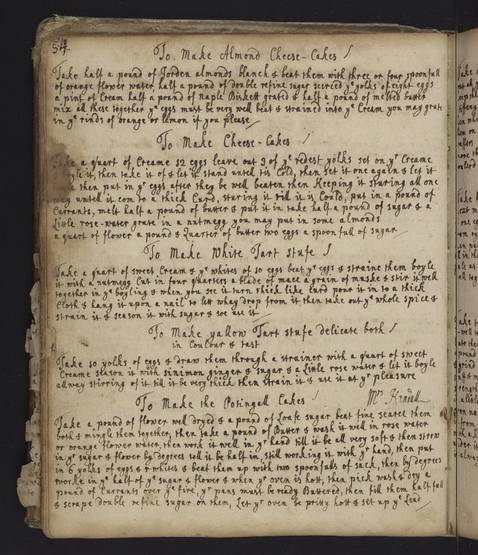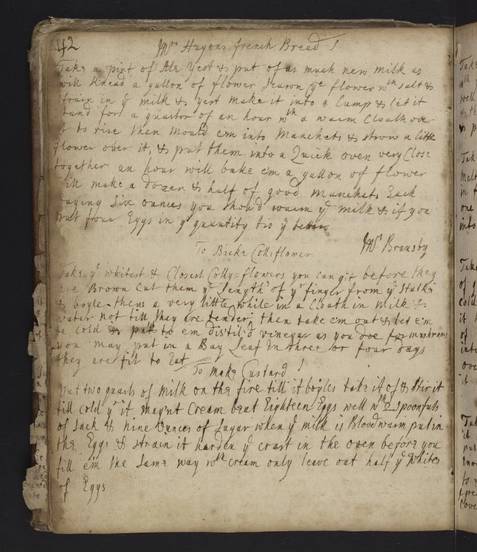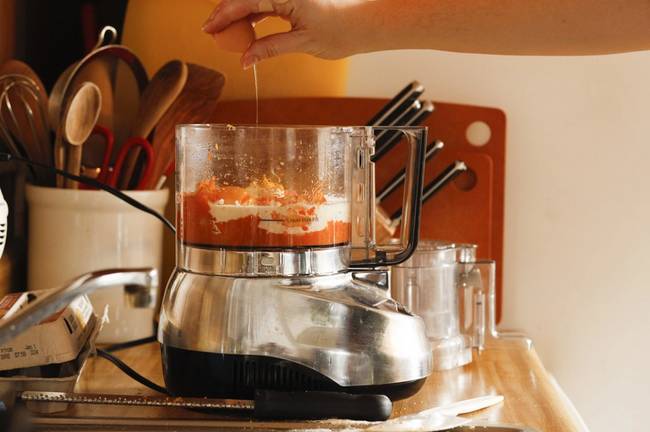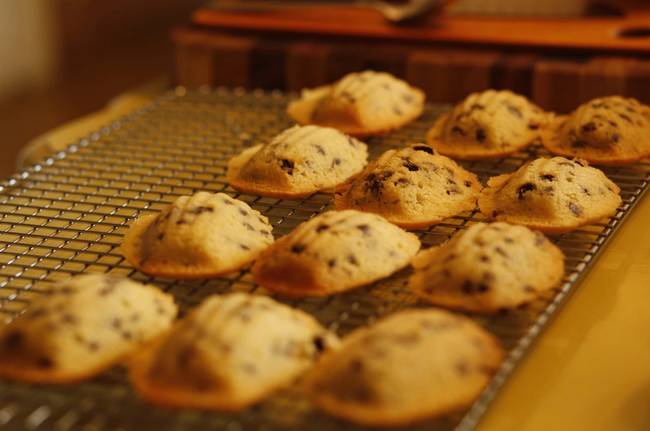If you ever wondered what people ate hundreds of years ago–and not just what you pieced together from reading historical romance novels–look no further than Cooking In The Archive. Alyssa Connell and Marissa Nicosia created this website, which specializes in recipes from England’s Early Modern period (1600 to 1800). The pair found the recipes in the University of Pennsylvania’s archives, and have been re-creating them for modern cooks with historic interests.
Both Nicosia and Connell are specialists in literature from this period. This extends to recipes, as they use colloquial language from certain periods and regions that help historians better understand the times. Some of the recipes are surprisingly familiar, like one for “maccarony cheese,” proof that everyone from time eternal has loved this dish. Others, like “carrot pudding” and “potingall cakes” are unfamiliar. Some, like “fish custard,” sound decidedly like something best left in the past. Our personal favorite? One called “my Lady Chanworth’s receipt for Jumballs.”
(via The Washington Post)
To decipher a recipe, Connell and Nicosia must take several steps. First, the recipes must be deciphered. The recipes they deal with are hand-written, and so less regular in style than a printed piece. They also have to make sense of obsolete words and terms. The recipe for potingall cakes, for example, calls for something called “sack,” which turns out to be a strong white wine from Portugal; “potingall” is likely a corruption of the word “Portugal,” hence the cake’s name.
The recipes are then subjected to some trial-and-error tests. The directions written for cooks of the time period are translated into instructions that make sense to someone with a modern kitchen. This means figuring out correct oven temperatures, measurements, and even adapting ingredients so that modern cooks don’t have to worry about where to purchase “sack.” And yes, you can use an electric mixer instead of a mortar and pestle–unless you want to be really authentic, that is.
Saving these recipes isn’t just a fun hobby. It’s also a way to help us in the present understand something about world history, and how people in 17th-century England might have celebrated a birthday or finished off a meal. Connell and Nicosia are also interested in sharing their finds with everyone, so if the idea of a historical party appeals to you, you can check out their recipes on their site. This includes how to make early maccarons. If there’s one lesson to be taken from this, it’s that no matter where or when you live, eating is wonderful.
 share
share
 share
share
 share
share
 share
share
 share
share



